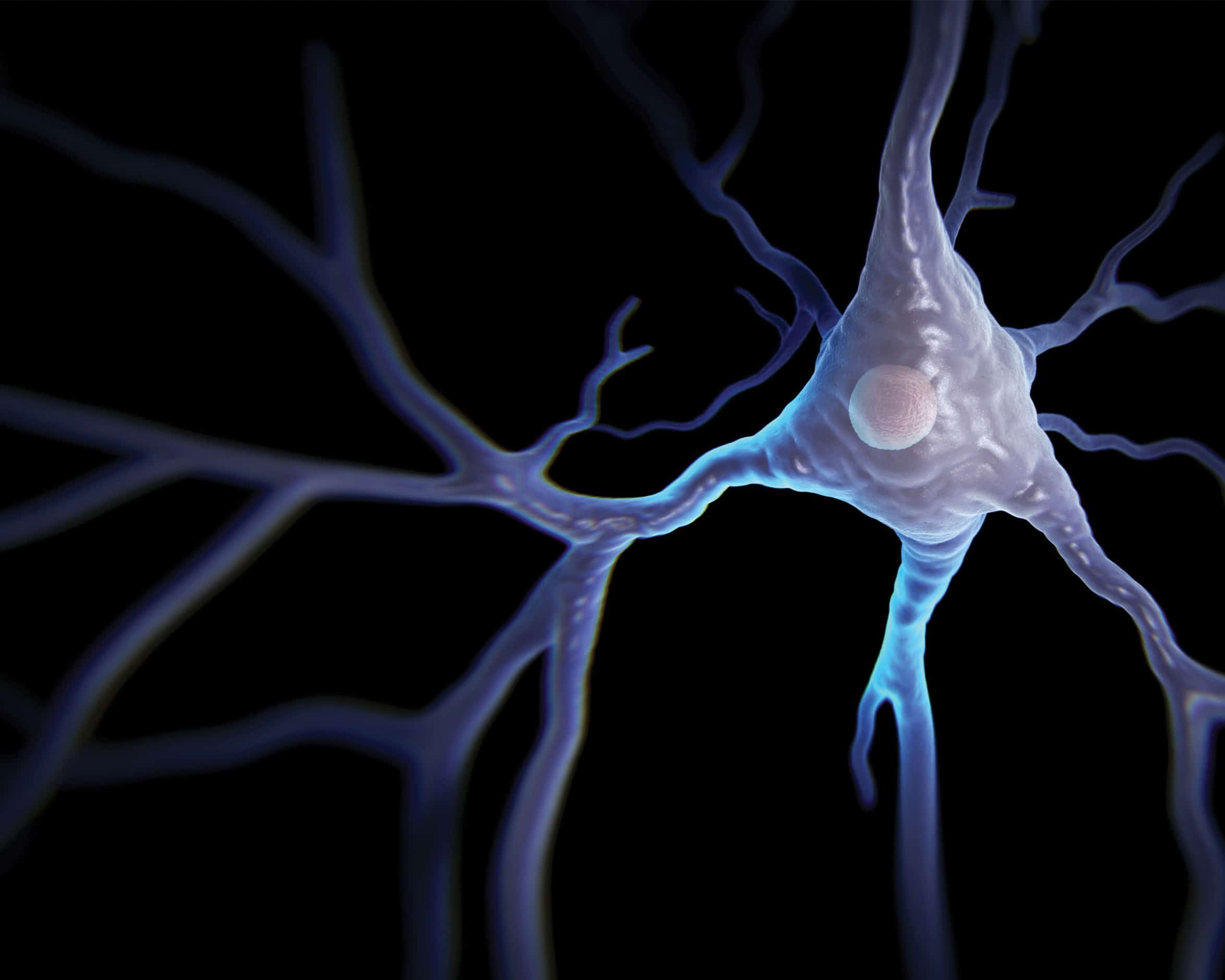This controversial surgery has complicated technicalities to consider before our body’s most sophisticated organ can be switched out
Before Dr Chris Barnard’s first successful heart transplant in 1967, the idea of removing this life-sustaining organ from a body and replacing it with someone else’s was thought impossible. Now, around 5 000 heart transplants are carried out each year. Can the same happen for those with healthy brains but a body that’s failing them?
Unlike the heart – the function of which scientists have a great understanding of – the brain is considered the most complex thing in the universe. It contains trillions of cellular connections, efficiently controlling the way you think, feel, remember, move and the way you perceive the world. The brain, which is connected to the spinal cord to make up the central nervous system, would need to be cut away from the spinal cord for a transplant. The greatest challenge following this irreversible act is to precisely reconnect the blood vessels, nerves and other tissues quickly enough that vital brain tissue doesn’t die, and do it with such precision that the individual wakes up from the procedure with their mental and physical abilities uncompromised.
For now, the technical and ethical challenges that come with relocating a brain keep the reality of such a transplant in the distant future for most. But this has not stopped all interested doctors. In 2017, Italian neurosurgeon Sergio Canavero claimed that he could successfully carry out a head transplant. Instead of isolating just the brain, the surgeon planned to cut off the head of a Russian man called Valery Spiridonov.
Spiridonov volunteered to be the first person to receive this transplant, as he suffered from a severe muscle-wasting condition that destroyed nerves in the spinal cord. This left him wheelchair- bound and willing to undergo the reconnection of his head on to a new body and spinal cord. The date was scheduled for 2017, but it didn’t take place. The case highlighted the ethical concerns of using vulnerable patients in high-risk experimental procedures. Neurosurgeons like Canavero continue to work on brain-transplant research, while others focus more on the future technologies that are emerging to improve patients’ quality of life with robotics. This involves brain–machine interfaces that replace the brain’s link with the central nervous system to keep the complex systems intact.
Daniel Holsgrove
A consultant neurosurgeon from Salford Royal Hospital explains the complications of a brain transplant procedure.
What elements of brain transplants are possible?
I think lots of the technical aspects are already done in other types of surgery, for example reconnecting blood vessels. You could reconnect a blood vessel from donor and recipient. There are ways of doing that, and that’s done in lots of surgeries already.
What would be the most difficult part of the procedure?
The biggest challenge is in relation to the spinal cord, and connecting the donor and recipients’ brain and spinal cord, depending on where exactly you choose to make the division. Although it’s been proposed there are certain technologies that could help, there’s no proven way of reconnecting a spinal cord in a way to maintain or restore function in a way that would be useful.
Wouldn’t transplanting a whole head on to another body be a lot easier than a brain transplant?
Just transplanting the brain means you’ve also had to cut all the nerves that go from the brain to around the head and neck, so that makes it more complicated. If you were to transplant a whole head, then you have the issues with the blood vessels, spinal cord, trachea and oesophagus. However, the nerves connecting the brain to the eyes, for example, would be left intact. The nerves that go directly from the brain to the cranial nerves and directly to the areas around the face and neck would be left intact. That would be more straightforward in that regard.
@ryantelfershowPeople can transfer head to new body😨
What could happen if it went wrong?
I think there are huge psychological aspects to it. Without that spinal-cord connection, there would be a risk of brain injury through ischemia – lack of blood flow and oxygenation – during transplantation, so you could easily harm the brain. You are taking a healthy brain to connect it to a healthy body where the body has failed. But you risk causing an injury to the brain, and there’s a risk that you could have someone sort of locked in, which is when they may maintain brain function but are unable to communicate or have a functioning body.
What happens when you remove a brain from a body?
If you cut off the blood supply to parts of the brain, the neurons will start dying after about three minutes, but you can extend that period of time through various techniques. You can give medication, like a very deep form of anaesthesia, to reduce the brain’s metabolic activity so that the activity within the separate cells is reduced. Often, this makes that three minutes extend to seven minutes, for example, before you start seeing changes in the brain’s electrical activity to suggest that the brain is becoming impacted by the reduced blood flow to it. Other procedures can intentionally lower the brain’s temperature that can extend it further into the region of 20 to 30 minutes, potentially. However, we’re not at the stages where you could put a brain in an ice box and transport it across the country.
Will the advances in technology improve the likelihood of brain transplants ever becoming commonplace in the future?
I think technological advancements such as exoskeletons that can be controlled by someone’s thoughts, using wearable or implanted sensors or stimulators to help send the messages to the nerves to get people moving is likely to make transplantation irrelevant before it’s even begun.
Organ access
How parts of the brain and head fare when detached

1. Donor or recipient?
In a brain transplant, the brain being transplanted would carry a person’s mind. In reverse to standard organ donation, the organ’s new body could be classed as the donor.
2. Frontal lobe
Partial brain transplants risk a frontal-lobe injury, which in some cases can alter a person’s personality and make them more argumentative, acting and speaking more impulsively.
3. Cerebellum
This brain area is responsible for motor control and coordination. In brain transplantation for regaining motor function, this part of the brain would need accurate and intricate nerve-fibre connections.
4. Spinal cord
The base of the brain is attached to the spinal cord. When severed, its nerve cells do not automatically regenerate to heal.
5. Many obstacles
In a full-head transplant, a cut would be made below the chin. The windpipe and oesophagus need to be reconstructed exactly to keep an open airway for breathing into the lungs.
6. Capillaries
The spinal cord relies on blood vessels to transport a constant flow of oxygen. Donor-to-recipient blood capillaries and nerve endings need to be connected quickly to keep tissues alive.
Partial transplantation

The core goal of a brain transplant is to keep a person’s mind the same, but provide a new body with renewed functionality.
As each section of the brain has its own roles, are partial brain transplants possible? A large part of what shapes your personality are your memories, so if a brain transplant became feasible, you would desire to keep hold of as many of these as possible. For this outcome, a partial brain transplant is ruled out. The hippocampus, a complex brain structure near the centre of the brain, is regarded as the memory centre of the brain.
However, in reality, memories are formed and stored in multiple areas. Trying to transplant part of the brain risks cutting off neural connections between memories and destroying them.
By: Alisa Harvey
Images: Getty/Alamy/Shutterstock/Supplied
Also read: How tech can predict, prevent and assist in accidents







